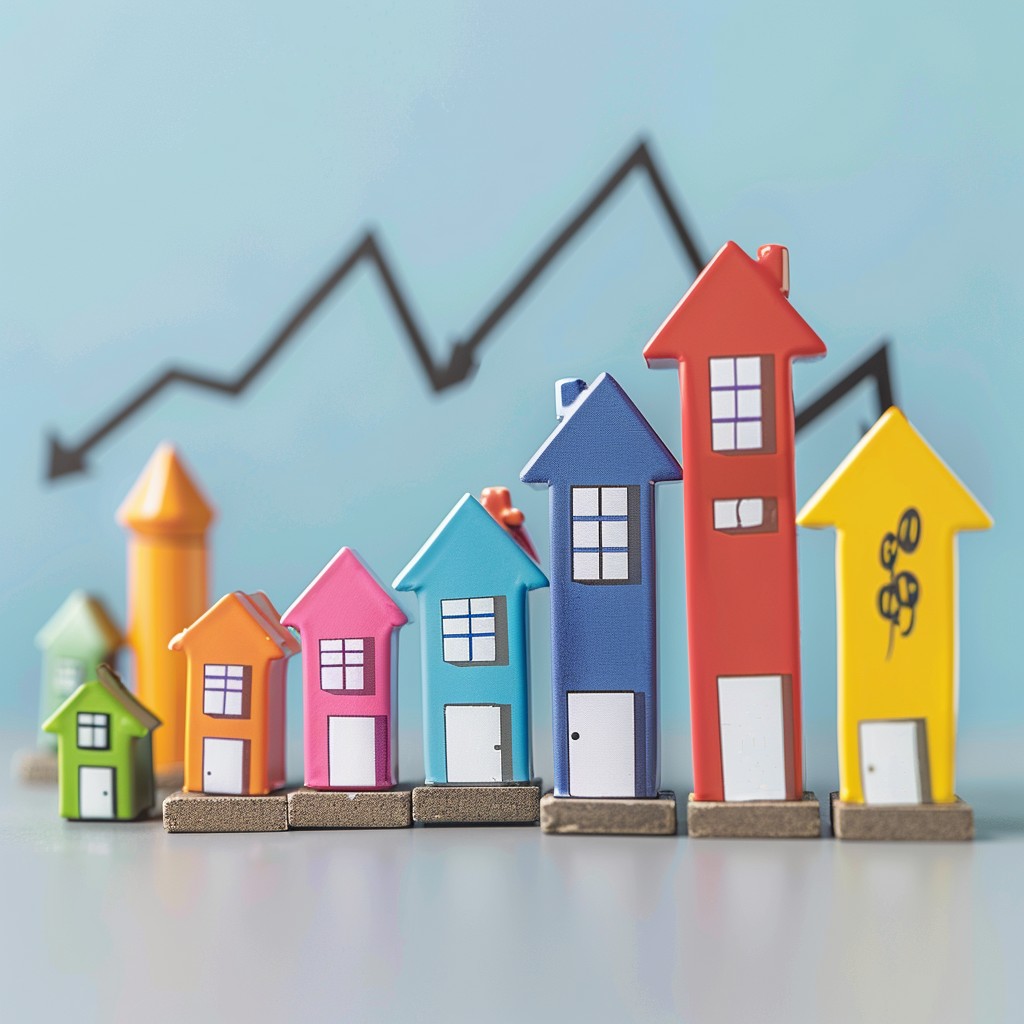
The Residential Property Price Index (RPPI) is a key indicator that tracks the change in residential property prices over time. When the RPPI increases, it means that on average, property prices are rising.
An increase of 7.3% in the RPPI for the 12 months leading up to March 2024 indicates that the cost of buying a home has gone up significantly over the past year. Here’s a breakdown of what this might mean and why it’s important:
Understanding the Increase
1. Economic Health: A rising RPPI often reflects a strong economy. When people feel secure in their jobs and financial situation, they’re more likely to invest in property.
2. Supply and Demand: Property prices are heavily influenced by supply and demand. If there are more buyers than available homes, prices go up. Conversely, if there’s a surplus of homes, prices may stagnate or decrease. A 7.3% increase suggests high demand relative to supply.
3. Interest Rates: Low interest rates can make mortgages more affordable, encouraging more people to buy homes, which can drive up prices. If interest rates were low over the past year, this could partly explain the increase.
4. Inflation: General inflation can also contribute to rising property prices, as the cost of building materials, labour, and land increases.
Implications of Rising Property Prices
1. Homebuyers: For those looking to buy a home, a 7.3% increase means higher costs. It might make it more difficult for first-time buyers to enter the market, as they may need larger deposits and higher incomes to qualify for mortgages.
2. Homeowners: Current homeowners could see the value of their property rise, which can be beneficial if they’re looking to sell or borrow against their home’s equity.
3. Investors: Property investors might see higher returns on their investments due to increased property values. However, they also face higher entry costs if they’re looking to expand their portfolio.
4. Renters: Rising property prices can lead to higher rents as landlords pass on the increased costs to tenants. This can make renting less affordable for many people.
Regional Differences
Property price increases can vary significantly by region. Urban areas, particularly those with robust job markets and amenities, often see faster price increases compared to rural areas. It’s important to consider local trends when looking at the overall national increase.
Long-term Trends
While a single year’s increase is significant, it’s also useful to look at long-term trends. Is this part of a steady rise in property prices, or is it a spike following a period of stagnation or decline? Understanding the broader context can help in making informed decisions about buying, selling, or investing in property.
What to Watch For
1. Government Policies: Changes in housing policy, such as tax incentives for buyers or restrictions on foreign ownership, can impact property prices.
2. Economic Indicators: Keep an eye on other economic indicators like employment rates, inflation, and GDP growth, as these can all influence property prices.
3. Market Sentiment: Public perception of the housing market can also play a role. If people believe prices will continue to rise, they might be more likely to buy now, driving prices up further.
In summary, a 7.3% increase in the RPPI reflects a significant rise in residential property prices over the past year. This has various implications for different stakeholders in the property market, and it’s influenced by a range of economic and social factors. Understanding these dynamics can help individuals and businesses make more informed decisions in the housing market.



